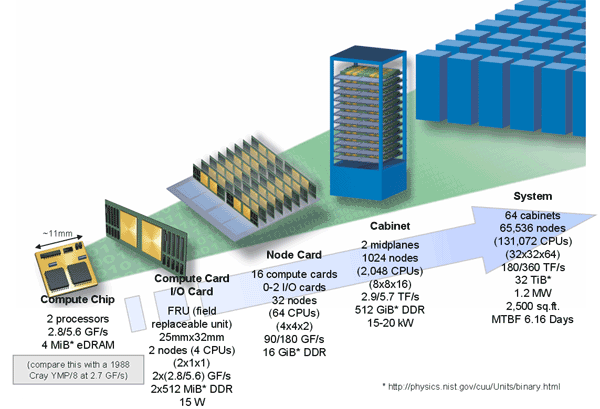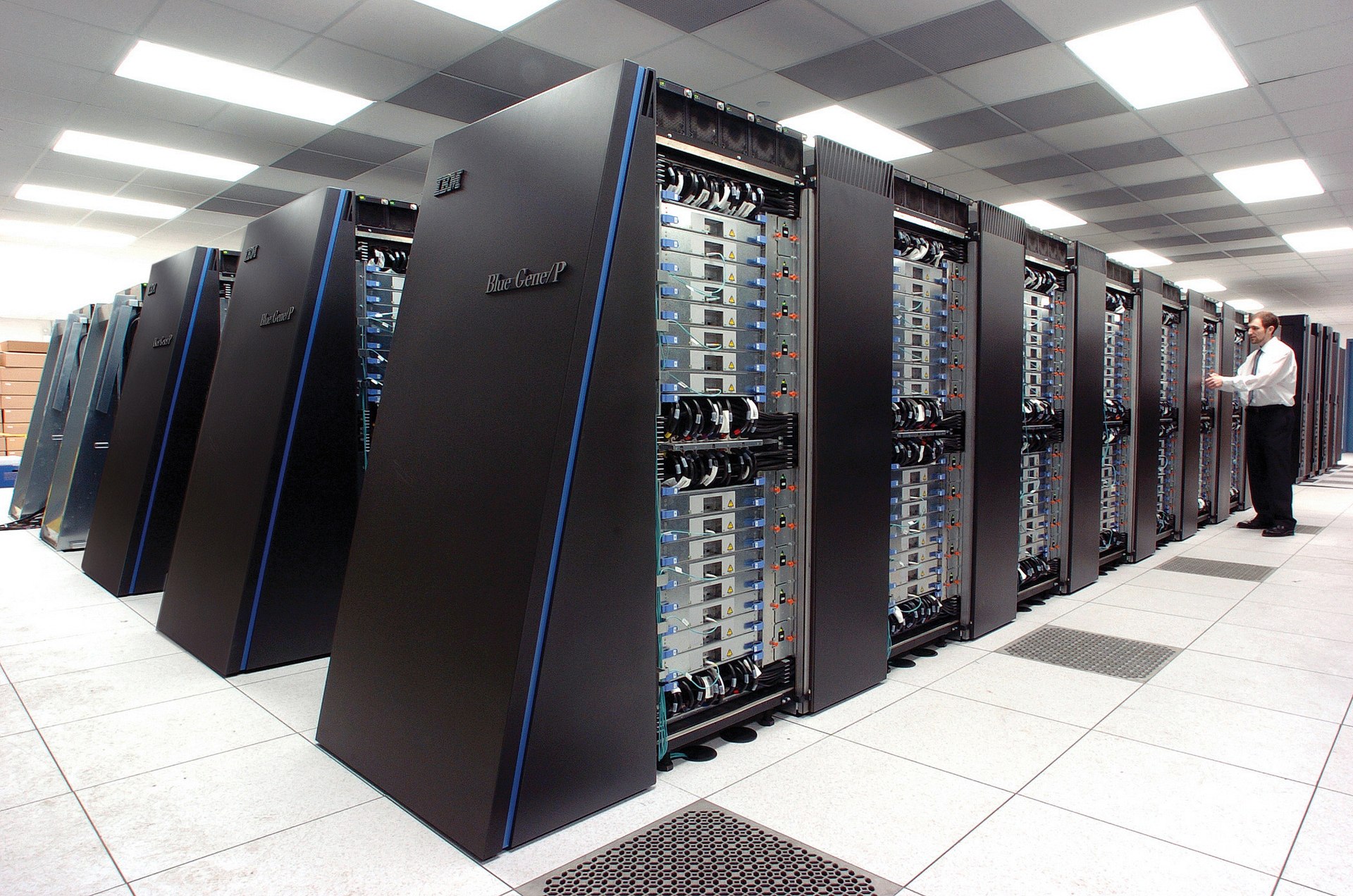Originally posted by aht0
View Post
Linux scales well on "horizontal" (clusters) and also on 1-2 socket systems. 8 sockets and upwards, it's performance turns to shit. For a simple reason: such hardware also costs like shit and Linux developers simply have no money/access to such.
Namely business (database)software (examples: SAP, OLTP) which use a lot of CPU's,
synchronize data between CPUS and have to serve crap-ton of users using the database simultaneously.

Server clusters simply are not fit for this task. Compare delays in synchronizing data between node to node and CPU to CPU sharing single bus? It's one form of data processing clusters fail at and you need big mean expensive multi-socket machines for.





Comment